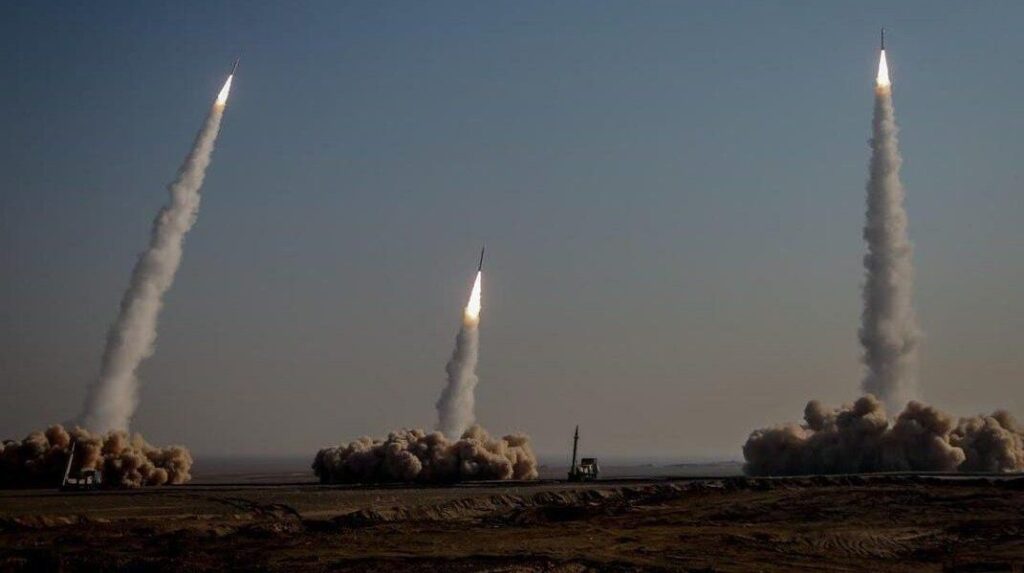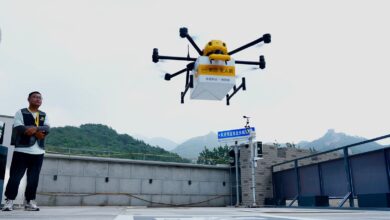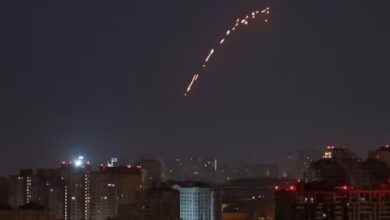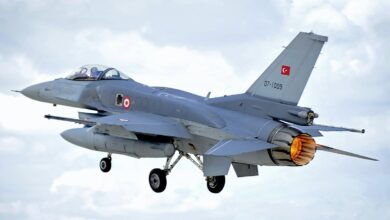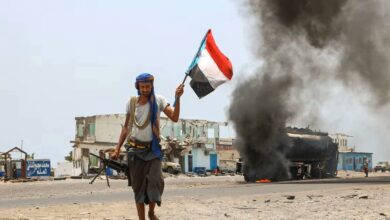Iran Enriches Uranium to 60%, Stockpile Can Power 10 Nuclear Bombs

Tehran, May 31, 2025 — Tensions in the Middle East have escalated once again as Iran’s nuclear program takes a dramatic turn. The International Atomic Energy Agency (IAEA) has confirmed that Iran has enriched 408.6 kilograms of uranium up to 60% purity, significantly exceeding the threshold required for peaceful energy purposes. According to nuclear experts, this quantity is sufficient to produce at least 10 nuclear bombs if further enriched to weapons-grade level (90%).
This alarming development has raised serious concerns within the international community, especially among Western powers and regional adversaries like Israel and Saudi Arabia. The enriched uranium stockpile marks a notable breach of the 2015 Joint Comprehensive Plan of Action (JCPOA), a nuclear deal from which the United States withdrew in 2018.
The enrichment level of 60% brings Iran dangerously close to weapons-grade uranium. While Tehran maintains that its nuclear program is for peaceful purposes, the scale and speed of uranium enrichment have fueled fears of a possible nuclear breakout — the point at which Iran could rapidly assemble a nuclear weapon.
In a separate but possibly related move, Iran has announced the temporary closure of its southeastern airspace to civilian aircraft from June 1 to June 2. This restriction is due to scheduled missile launches, according to official Iranian sources. While no specific details have been released regarding the type or range of the missiles, the timing has sparked global attention.
Military analysts believe the airspace closure could be a part of a broader military drill or a strategic show of strength, possibly in response to rising geopolitical tensions. The region, already on edge due to ongoing conflicts and proxy wars, may view this as a provocation or a prelude to more aggressive actions.
Israel, a staunch opponent of Iran’s nuclear ambitions, has previously warned that it would not hesitate to take military action if Iran appeared close to acquiring a nuclear weapon. With the current stockpile and level of enrichment, that threshold may be closer than ever.
The United States and its allies are expected to hold urgent consultations with the IAEA and regional partners to assess the situation and consider diplomatic or strategic responses. Increased sanctions, UN resolutions, or even covert operations may be on the table, depending on how the situation unfolds.
This latest development adds another layer of complexity to an already volatile region. With missile launches planned and the potential for nuclear weapon production looming, the coming days may prove critical for both diplomacy and regional stability.
